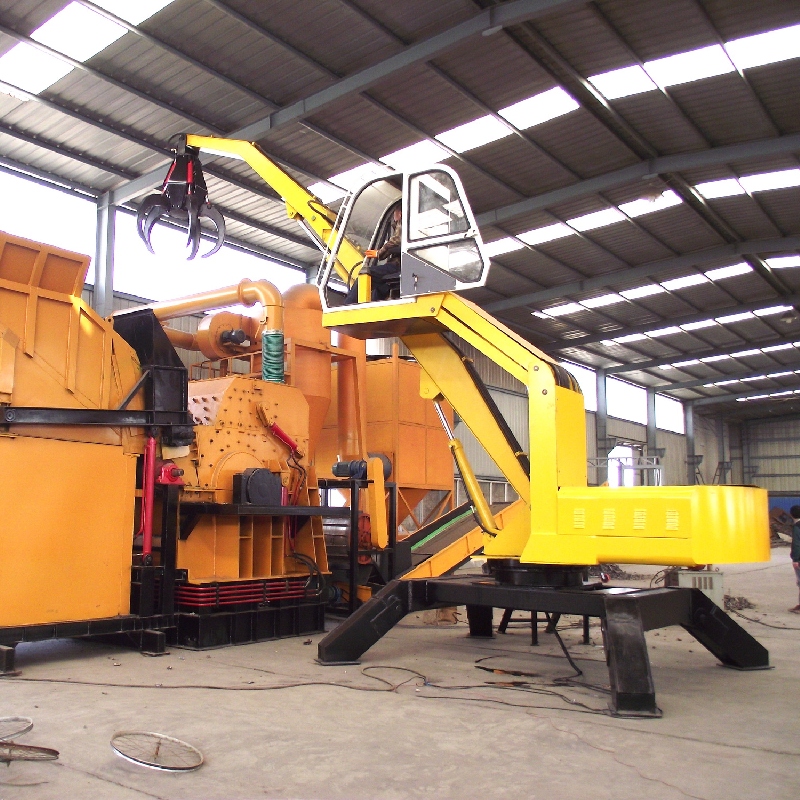

nov . 12, 2024 10:35 Back to list
Understanding Eddy Current Separators How They Work
Eddy current separators are innovative devices widely used in the recycling and waste management industries to efficiently separate non-ferrous metals from other materials. Their operation is based on the principle of electromagnetic induction, which involves the generation of circulating currents, known as eddy currents, in conductive materials when they are exposed to a changing magnetic field. This article explores how eddy current separators work, their components, and their applications.
At the heart of an eddy current separator is a rotating magnetic field created by a strong magnet, typically an electromagnet. The design usually consists of a conveyor belt that transports mixed materials towards the separation zone. As the materials move along the belt, they pass through a system of magnetic poles arranged in a specific configuration.
Understanding Eddy Current Separators How They Work
One crucial factor in the effectiveness of eddy current separators is the frequency of the magnetic field. The frequency must be optimized to enhance the performance of the separator depending on the characteristics of the materials being processed. Higher frequencies are often more effective for separating finer particles, while lower frequencies might work better for larger metallic items. The adjustment of frequency enables operators to customize the separation process to suit specific applications.

Eddy current separators are especially valuable in the recycling industry, where they play a vital role in recovering valuable non-ferrous metals from various waste streams. For instance, in the processing of aluminum cans, the separator effectively isolates aluminum from other types of waste materials, allowing for its recycling into new products. This not only conserves energy and resources but also reduces environmental pollution associated with mining and metal production.
However, the application of eddy current separators extends beyond just recycling. They are also used in mining to separate valuable minerals from host rocks, in automotive industries to recover metals from discarded vehicles, and in the electronics sector to extract metals from electronic waste. Their versatility makes them an indispensable tool for efficient material recovery and waste reduction.
Despite their advantages, it is essential to recognize some limitations of eddy current separators. For instance, they are less effective for very small non-ferrous metals that may not generate sufficient eddy currents or for materials mixed with a high proportion of ferrous metals. Therefore, these systems are frequently integrated with other separation technologies, such as magnetic separators and air classifiers, to improve overall efficiency in material recovery operations.
In summary, eddy current separators are advanced devices that utilize electromagnetic induction to effectively separate non-ferrous metals from mixed materials. Their ability to harness the principles of physics allows for effective recycling and resource recovery across various industries. As technology continues to advance, the implementation of eddy current separators is likely to grow, contributing to more sustainable practices in waste management and material processing. Their role in the circular economy is becoming increasingly crucial as industries strive to minimize waste and maximize resource efficiency.
Latest news
Troubleshooting Common Eddy Separator Problems
NewsJul.04,2025
The Role of Metal Recycling Plants in Circular Economy
NewsJul.04,2025
The Impact of Recycling Line Pickers on Waste Management Costs
NewsJul.04,2025
Safety Features Every Metal Shredder Should Have
NewsJul.04,2025
How Industrial Shredders Improve Waste Management Systems
NewsJul.04,2025
How Cable Granulators Contribute to Sustainable Recycling
NewsJul.04,2025